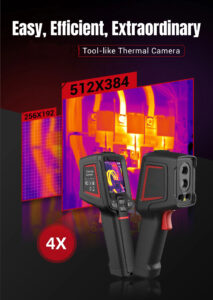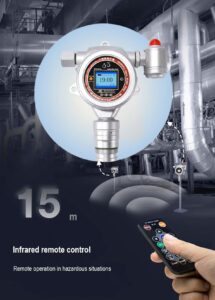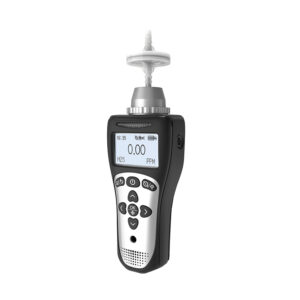Both low-light night vision devices and digital night vision devices are observation devices used at night or in low-light environments. These two instruments have significant differences in many aspects, mainly reflected in the imaging principle, imaging effect, power consumption, applicable scenarios and technical features, etc.
1、 Imaging Principle
Low-light night vision device: It mainly converts weak light signals into electrical signals through photoelectric intensifiers (such as photomultiplier tubes or CCD sensors), and then generates visible images on the display after amplification and processing.
Digital night vision device: It digitizes the signal after photoelectric conversion, processes and compresses the digital signal, and then outputs the image through the liquid crystal display screen.
2、 Imaging Effect
Low-light night vision devices: They can achieve visible light imaging in relatively dark environments, but the imaging effect is slightly blurry compared to digital night vision devices.
Digital night vision device: The imaging effect is relatively clearer and can achieve high-definition night vision.
3、 Power Consumption
Low-light night vision device: relatively low power consumption.
Digital night vision devices: They consume relatively more power.
4、Applicable Scenarios
Low-light night vision device: Suitable for low-light scenarios, such as night patrols and snapshots.
Digital night vision device: Suitable for scenarios that require high-definition imaging, such as bird watching at night, stargazing, surveillance and evidence collection, etc.
5、 Technical Features
Low-light night vision device: The structure is relatively simple and the cost is low.
Digital night vision device: It has a high technological content and integrates advanced digital signal processing technology, image processing algorithms and liquid crystal display technology.
In conclusion, there are obvious differences between low-light night vision devices and digital night vision devices in many aspects. When making a choice, users should select the appropriate type of night vision device based on their specific needs and usage scenarios.






